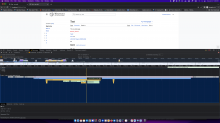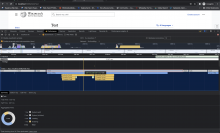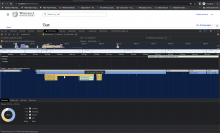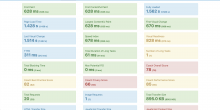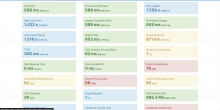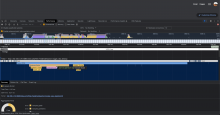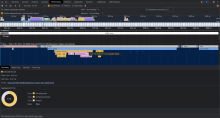As part of our fix for https://phabricator.wikimedia.org/T321498 , we introduced a LocalStorage-based user preferences persistence mechanism.
As noted in prior discussions, until we discuss this further, this is meant to be an immediate-term fix for the needs associated with this single preference setting. As such, our goal is to understand and mitigate risk associated with this fix until we have a more sustainable longer-term solution.
With this in mind, we should profile the performance of the relevant patchset for this fix (see https://gerrit.wikimedia.org/r/c/mediawiki/core/+/881728 ) , with preferences enabled and disabled, to better understand the performance implications of this current fix.
Coming out of this analysis, we should be able to say "this is not so bad because metrics XYZ are impacted in ways ABC", or "this is not acceptable given impact DEF".
Acceptance Criteria
Per the performance team's recommendation at https://gerrit.wikimedia.org/r/c/mediawiki/core/+/882758/2#message-c05fce98d86aeced6252440b395828fd982caf91:
- Profile changes locally with a 6x CPU throttle to get a rough idea of impact
- Enable feature flag for small wikis (e.g. mediawiki.org, cawiki) and look at impact of synthetic tests
- Deploy everywhere and measure impact of navigation timing dashboard

